A chalazion may be a little lump on the eyelid, ordinarily not agonizing. It happens when one of the small oil organs on the interior of the cover gets clogged. This organ makes an oil that keeps the eyes wet.
When the organ gets blocked, oil cannot elude, and the eyelid becomes swollen. Individuals sometimes confound this swelling with fashion, a disease within the same organ. In any case, a chalazion isn't caused by contamination and regularly is not harmed.
At first, a chalazion can cause a little soreness, and your skin may show up ruddy. Over time, it regularly creates a difficult knot that's not difficult. It may sometimes grow so huge that it presses against the eye, leading to vision issues or distress.
The precise cause of chalazion is now and then vague. Anybody can develop it; in any case, people with skin conditions like rosacea or blepharitis are more likely to be involved in this issue—moreover, people who have had chalazion sometime recently may be involved in them more as often as possible.
Individuals regularly apply warm compresses to the influenced spot a few times daily to treat a chalazion. That relaxes the thickened oil, discouraging the organ and aiding its natural seepage. Assume the chalazion does not mend on its possess. In that case, doctors might have to perform restorative methods like regulating steroids by infusion or performing minor operations to extricate the fluid from the knot.
Chalazion may be a common event. It influences numerous individuals, but the exact number may shift. You might not be mindful of this, but it happens more habitually in grown-ups than kids![]() .
.
Individuals with certain existing conditions may be more defenseless. For case, those who endure diligent blepharitis – a condition including irritation of the eyelid edges – may confront a hoisted chance for chalazia improvement. Additionally, it is conceivable that people managing with skin issues such as rosacea (which brings redness and puffiness to one's confront) might moreover experience expanded occurrences of this eyelid issue.
Having had a chalazion recently increases the chances of getting another one. Having more than one challenge is possible, and this event is common. This circumstance can be very baffling, especially if it requires numerous treatments or, indeed, surgery for a drawn-out period.
Chalazia can happen in children but is less common than in grown-ups. For kids, these circumstances happen due to unclean eyelids or a skin issue underneath the eyelid.
Normally, once you keep up the cleanliness of your eyelids, the chances of a chalazion shaping are greatly reduced. Straightforward hones like as often as possible washing hands and not touching eyes can make a huge distinction.
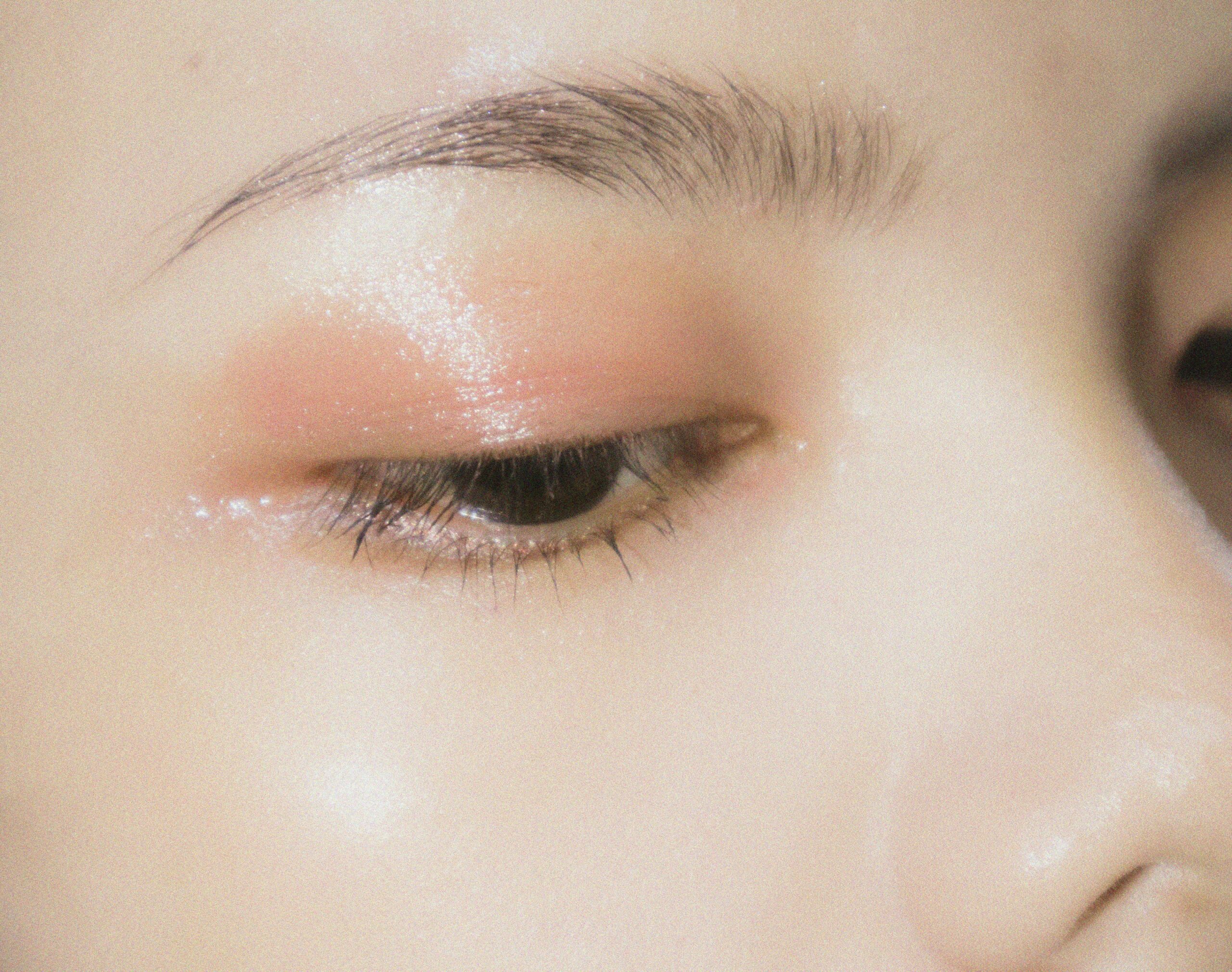
A chalazion happens when a small oil organ within the eyelid gets clogged. These small organs, known as meibomian glands, deliver a sleek substance that helps keep up eye dampness and prevents tears from dissipating quickly.
On the off chance that one of the meibomian organs gets blocked, oil gets stuck inside and builds up. It can make your eyelid feel aggravated and swollen, and a lump might fall. As a rule, a chalazion does not come from a disease, but a stroke happens when a disease occurs in one of the organs.
There are numerous reasons for the blockage of these oil organs. Frequently, it happens since the eyelids are not cleaned completely. If you do not wash your eyelids routinely, oil and earth can collect, driving to blocked organs. Additionally, if you endure skin conditions such as rosacea or seborrheic dermatitis, the probability of this increases. These conditions cause aggravation and can lead to blockages more effortlessly.
Long-lasting swelling at the borders of your eyelids, called constant blepharitis![]() , can make it much more likely for you to confront this issue. This condition might lead to the organs being effortlessly blocked. People with blepharitis frequently involve repetitive chalazia.
, can make it much more likely for you to confront this issue. This condition might lead to the organs being effortlessly blocked. People with blepharitis frequently involve repetitive chalazia.
Now and then, hormone changes can influence how a chalazion is created. For example, during adolescence or pregnancy, the sum of oil made by meibomian organs can alter because of diverse hormone levels, which might lead to blockages.
When somebody encounters a parcel of push or does not have great nourishment, it might, by implication, cause a chalazion. These components impact the skin's condition and its inclination to swell, expanding the chances that organs within the eyelids will end up blocked.
The indications of a chalazion shift, but they frequently begin as a small reddish bump on the eyelid. Initially, it can be delicate and show up marginally swollen.
As the chalazion gets greater, it gets to be a firm knot that, as a rule, doesn't cause torment. You can regularly spot this bump on either the upper or lower eyelid, and its size can run from exceptionally minor to huge, sufficient to cause recognizable puffiness. At times, it might develop so huge that it applies weight on the eye, driving to vague vision or inconvenience.
The chalazion itself doesn't cause torment; however, the encompassing locale might feel touchy or throb due to the weight on the eye. The skin close to the chalazion might get to be ruddy and show up puffy.
Every so often, a chalazion might cause different side effects. You will watch your eyes tear up as often as possible, be more delicate to a solid light, or see an expanded weight on your eyelid. Indications can happen since the chalazion may meddle with the ordinary eyelid and tear generation work.
If the chalazion becomes contaminated, an uncommon event, it may change into a painful abscess. That can result in critical redness and swelling, possibly caused by the release of discharge.
In conclusion, once you have a chalazion regularly, there's a firm bump on your eyelid that needs torment. You may have slight discomfort or tenderness nearby, and your vision may be vague, or you'll feel inconvenienced if the lump grows large.
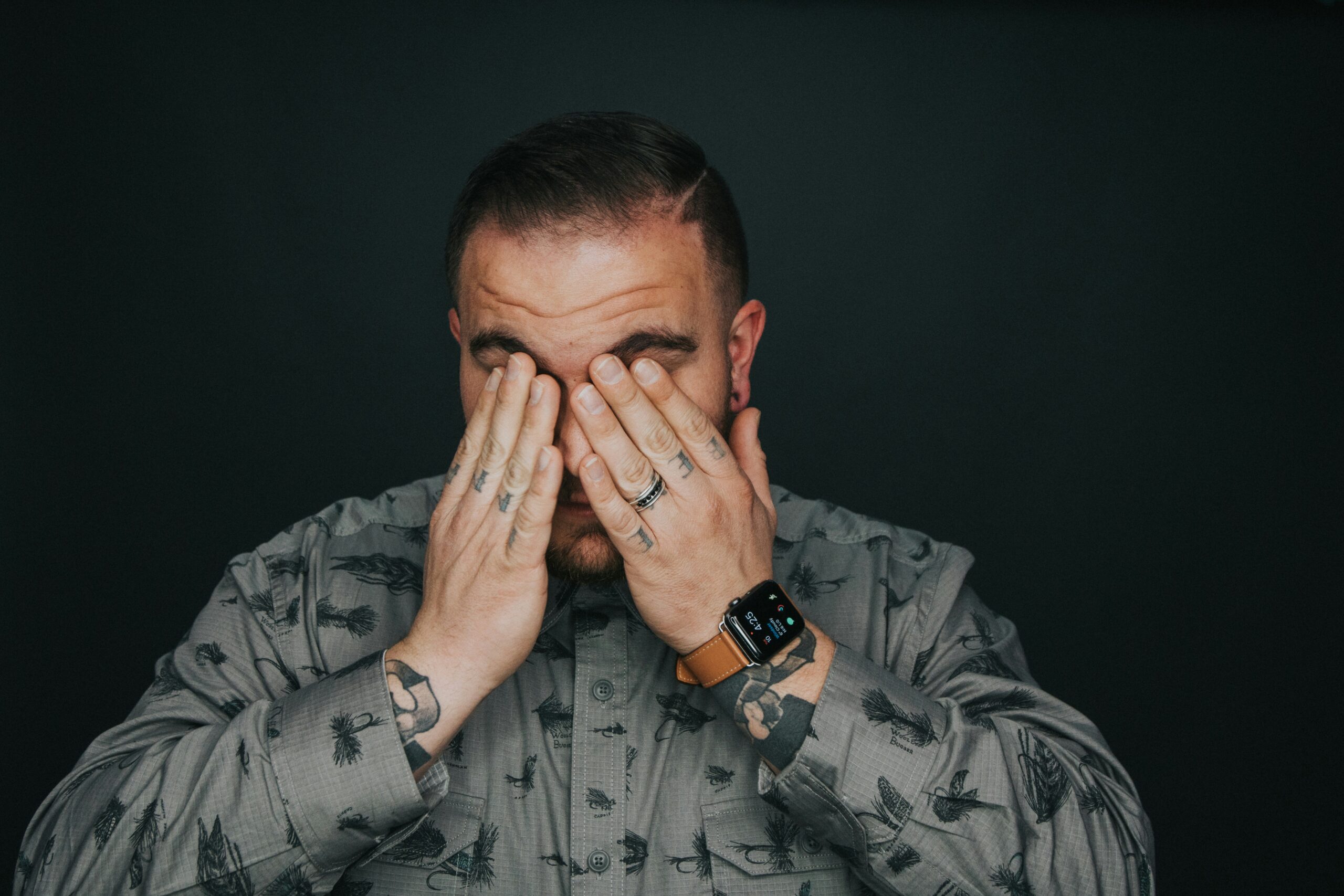
Finding out if you have a condition is, as a rule, basic but requires a few steps.
A doctor, possibly an eye master or a general specialist, will begin by inquiring about your indications. They are interested in the time you have had the bump, whether it causes torment, and whether there have been any alterations to your location.
The specialist will carefully examine your eye and eyelid to check for the knot. They will also seek signs of a chalazion, which implies seeing on the off chance that a firm bump on the eyelid isn't agonizing. The specialist seems to utilize an instrument with light that extends objects to look more clearly at the eyelid and meibomian organs.
Once in a while, the specialist must turn the eyelid interior out to look at its inward surface. Confirming that the bump isn't another condition, such as a stye or a particular sore, is pivotal. While checking, the specialist will hunt for infection signs or other things inside that might make a block within the gland.
Normally, more examinations are not required to determine if the condition may be a chalazion. But if the knot continues or its nature is dubious, your specialist may consider referring you to an eye expert for additional assessment. Sometimes, if the chalazion doesn't get way better after treatment, doctors may do a biopsy to make, beyond any doubt, it isn't something more regrettable, like cancer.
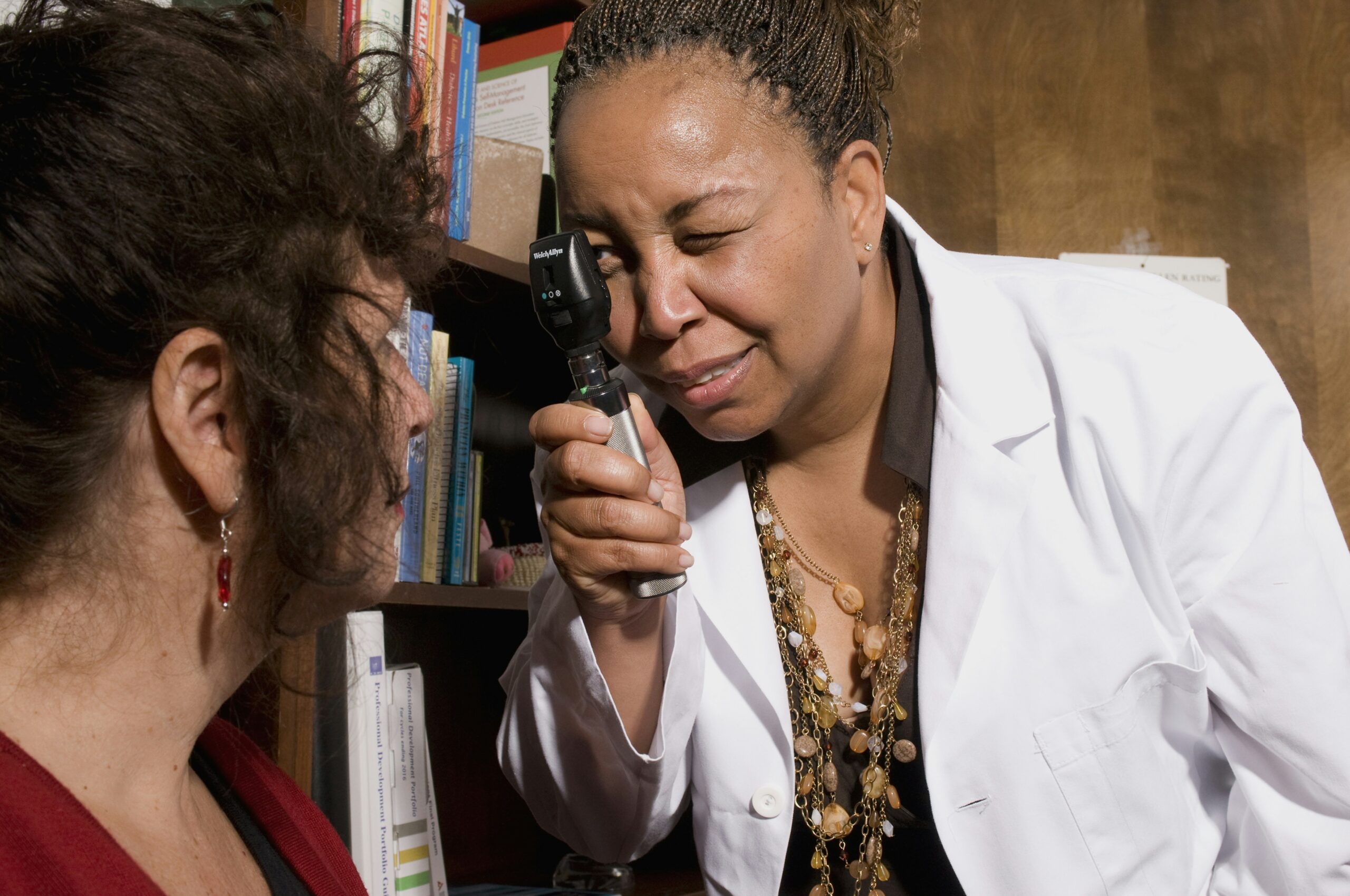
As a standard approach, people ordinarily begin with essential remedies at home.
One exceptionally compelling treatment is to apply warm compresses![]() to the chalazion. You can do this by plunging a clean cloth in warm water and crushing out additional fluid. At that point, you put this over your closed eye for around 10-15 minutes. Utilize warm compresses multiple times each day. The warmth helps with the liquefaction of discouraged oil within the gland, making it easier to empty.
to the chalazion. You can do this by plunging a clean cloth in warm water and crushing out additional fluid. At that point, you put this over your closed eye for around 10-15 minutes. Utilize warm compresses multiple times each day. The warmth helps with the liquefaction of discouraged oil within the gland, making it easier to empty.
Delicate massage of the eyelid may be useful. After putting on a warm compress, try rubbing the knot with clean fingers in circular developments. That might help break down the blockage and promote seepage.
Good eyelid cleanliness is exceptionally imperative. Frequently wash your eyelids with a mellow cleanser or an uncommon scour, which will offer assistance to anticipate and encourage blockages. Dodge applying cosmetics close the eye until the chalazion has fully healed; cosmetics in that locale may cause irritation and moderate recovery time.
If the chalazion does not progress with domestic treatment or proceeds to develop and cause discomfort, you should see a specialist. They might endorse anti-microbial treatments or drops if contamination is possible. Be that as it may, antimicrobials are not continuously vital since microbes don't continuously cause a chalazion.
It may be vital to look for therapeutic help for determined or large chalazia. The specialist recommends minor surgery, employing a nearby anesthetic to discharge the liquid from inside the chalazion. Regularly, this method involves making a small incision to remove what is contained inside the bump.
Another choice, commonly seen as the ultimate alternative![]() , is to have surgery. This method requires making a small cut in your eyelid so that the doctor can take out the contents of the chalazion. If there are chalazia that keep coming back or not going away, then we ought to evacuate them with surgery, indeed, though it's not exceptionally regular.
, is to have surgery. This method requires making a small cut in your eyelid so that the doctor can take out the contents of the chalazion. If there are chalazia that keep coming back or not going away, then we ought to evacuate them with surgery, indeed, though it's not exceptionally regular.
In conclusion, as a rule, treatment methods for chalazion consist of domestic cures such as warm compresses and gentle kneading. It's pivotal to keep the eyelids clean. If these natural medicines fail, medical medications like antimicrobials, minor surgeries, or corticosteroid shots could be essential. Understanding these choices can offer assistance in overseeing and treating a chalazion viably.
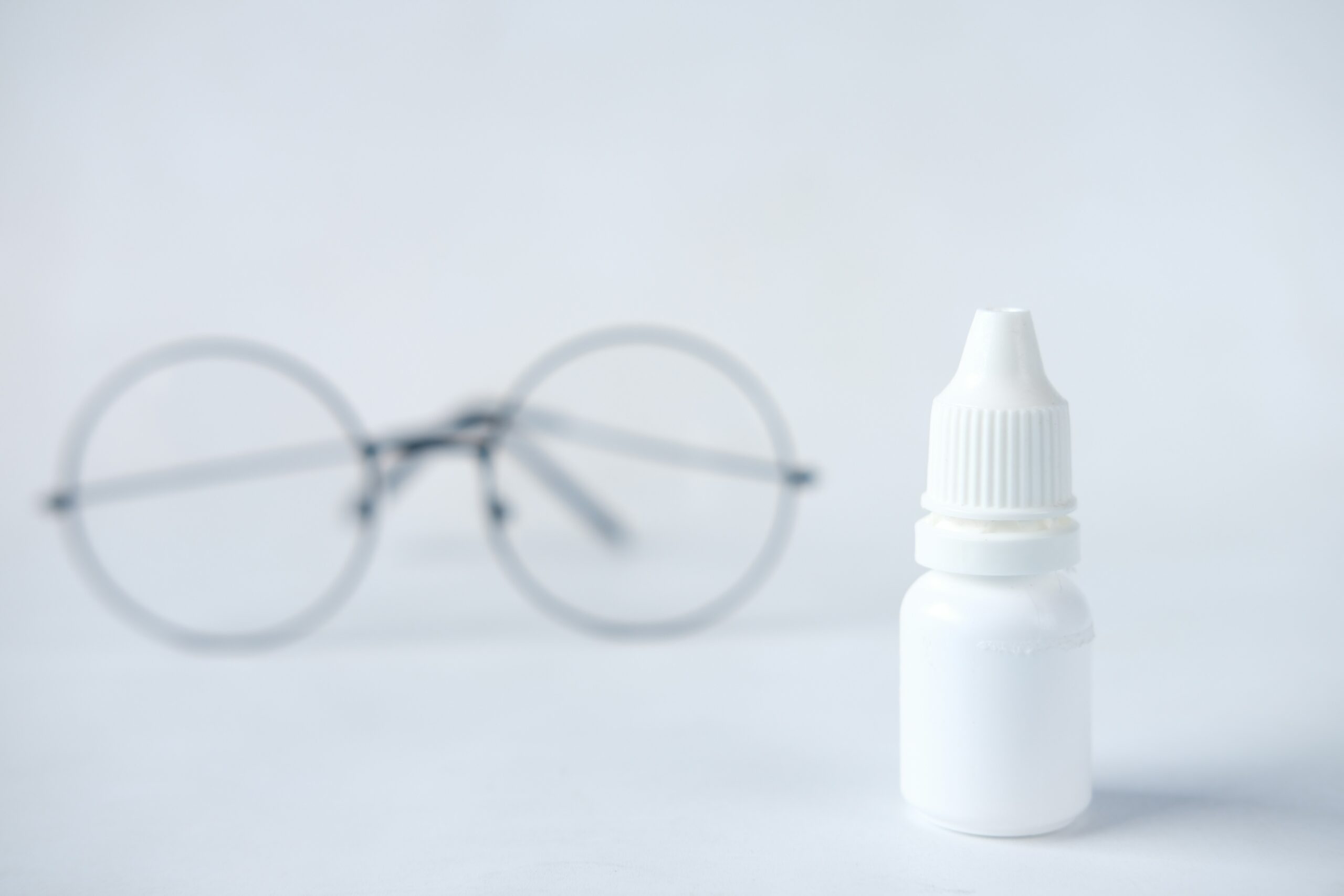
Most of the time, treating a chalazion has great results. Frequently, they progress independently or with straightforward domestic cures, like applying warm compresses to the influenced spot. As a rule, when a person reliably treats a chalazion, it progresses within a few days to one week. For the protuberance to vanish, it might take several weeks.
Many individuals discover that home remedies work well. Applying warm compresses to the troubled spot a few times a day makes a difference in relaxing the blocked oil so it can flow out. Kneading the eyelids gently can offer assistance, making the chalazion disappear more rapidly.
If the chalazion does not make strides with home care, it might be vital to see a specialist. Medicines by a healthcare master, such as steroid infusions or minor operations to evacuate the protuberance, can be quite compelling. These medications, as a rule, provide quick relief and offer assistance for the chalazion to heal properly.
Individuals suffering from afflictions like blepharitis or rosacea may experience a repeat of the issue. Customary eyelid cleaning and maintaining cleanliness can reduce the chance of another chalazion being created. People who habitually suffer from chalazia must maintain eyelid cleanliness consistently because it may help deflect future events.
Issues from a chalazion are not common, but they can occur occasionally. If the chalazion is very large, it seems to press on the eye and obscure vision or cause discomfort. In such cases, therapeutic mediation is essential to prevent further issues.
A chalazion often does not require immediate medical care. It is, for the most part, not a severe issue and can be overseen at home or with standard restorative treatments. Many chalazia don't cause serious issues and might disappear on their own, or they may be helped by applying a warm cloth and gently massaging them.
In certain circumstances, it is essential to look for quick therapeutic help. Ought to the chalazion become large and modify your vision significantly; this may be a sign that it is pressing against your eye. It might result in unclear vision or inconvenience; it is important to refer to a doctor to anticipate potential harm to your eye.
Table of Contents
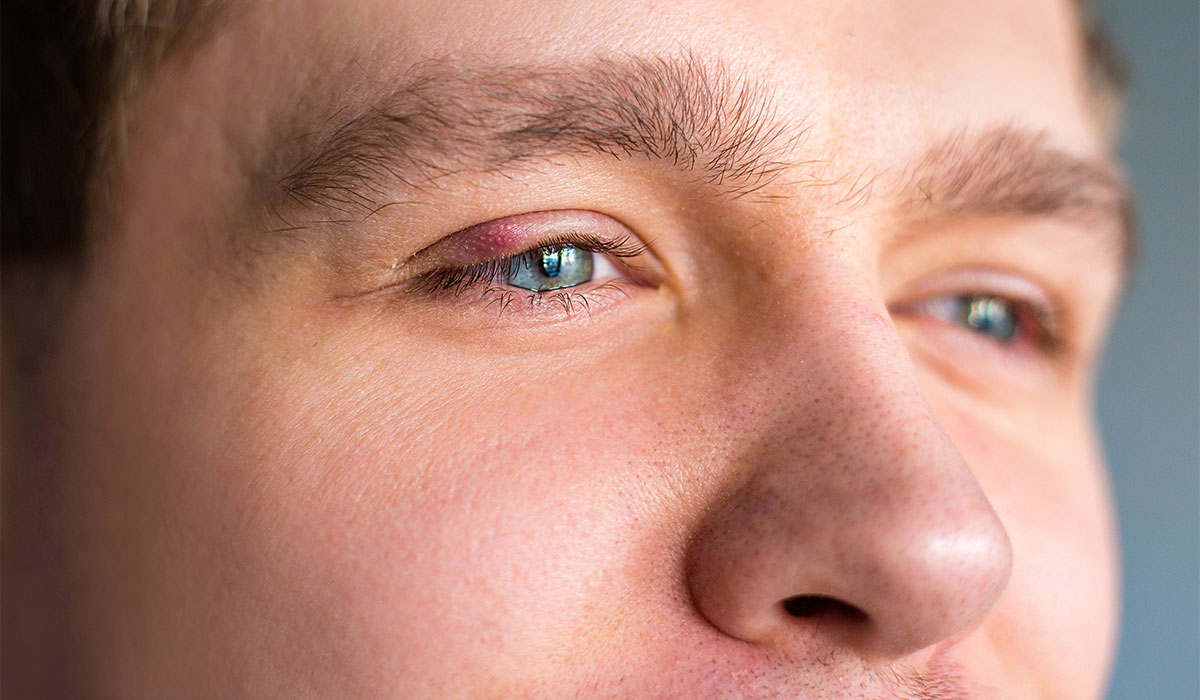
Have you got a painful red bump on one of your eyelids? It could be a stye. Read this article… read more »
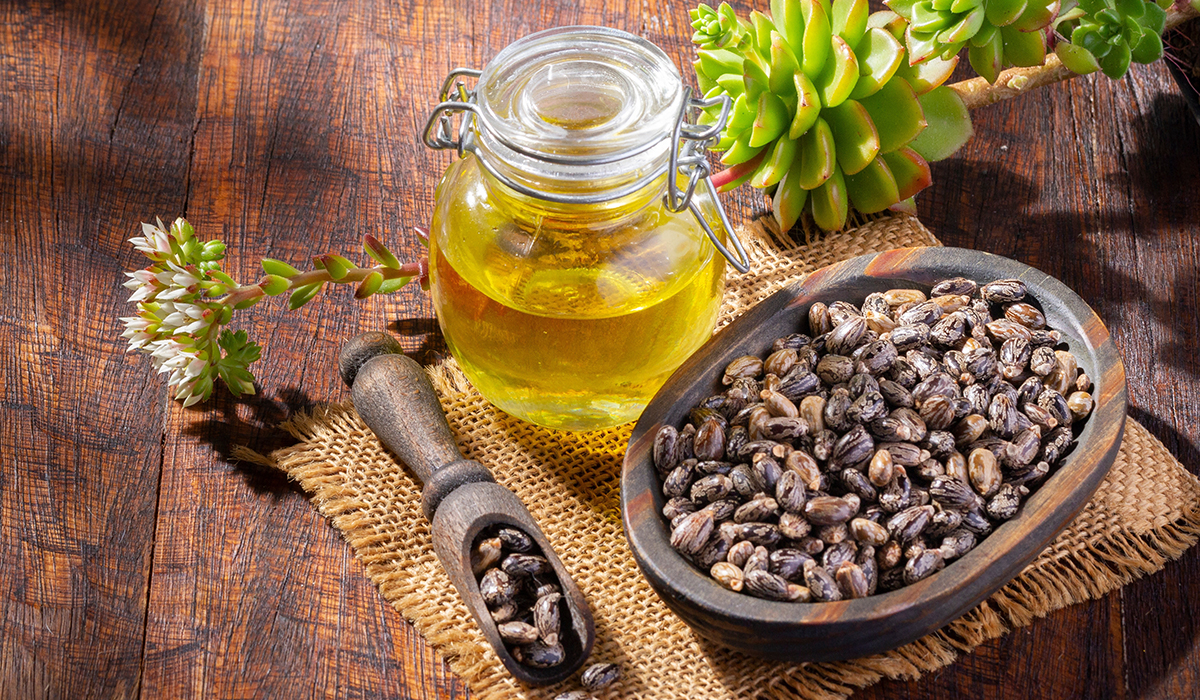
Castor oil has many benefits. It is used as a cosmetic as well as a dietary supplement. Find out how… read more »
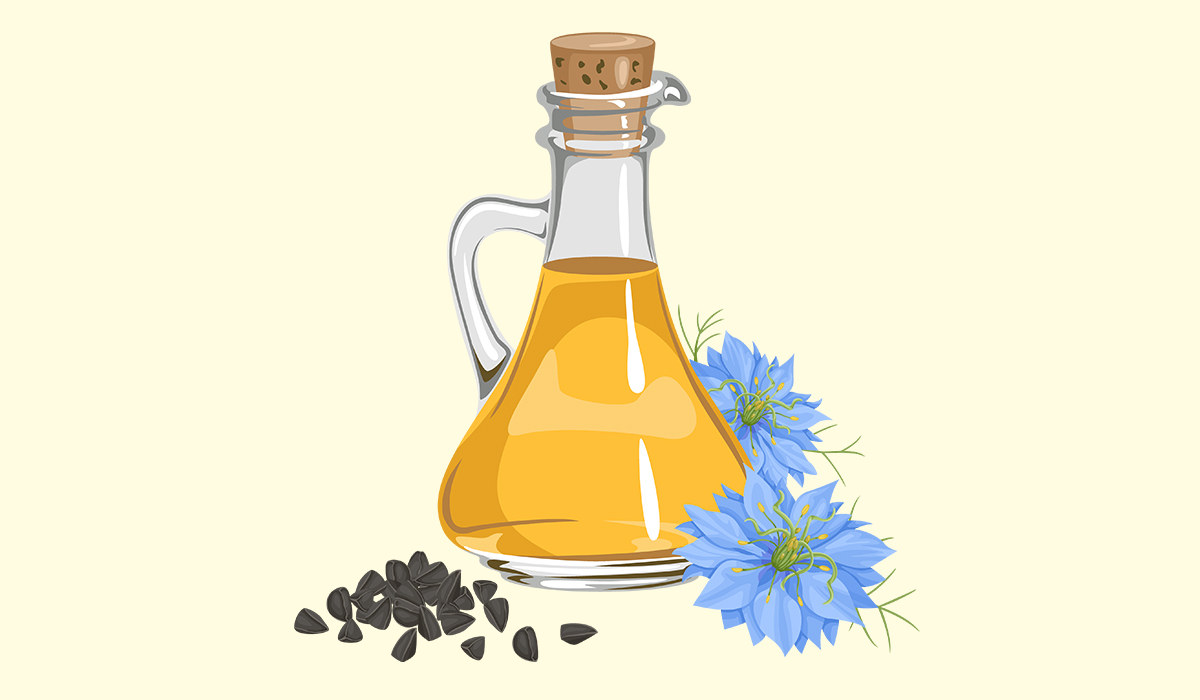
Healthier heart, lungs and kidneys. Black cumin oil is a plant product known for its many health benefits. Find out… read more »

Blurry vision is a symptom that can indicate a minor eye condition, but also a systemic disease or cancer. Find… read more »
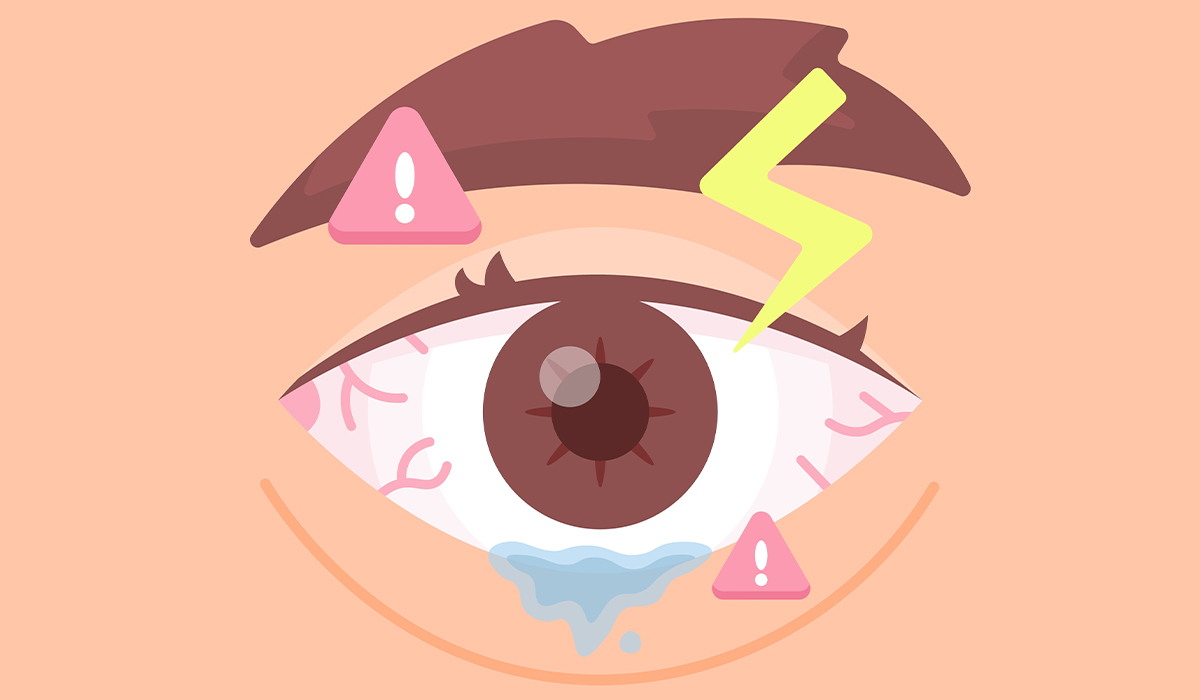
Eye infections are common conditions where an eye becomes red, itchy, and painful. What are the common causes? How is… read more »

Pink eye is one of the most frequently diagnosed ophthalmological diseases. It may be bacterial, allergic or viral. What are… read more »

Strabismus is an eye misalignment, a condition when eyes look in different directions. It can affect both children and adults.… read more »
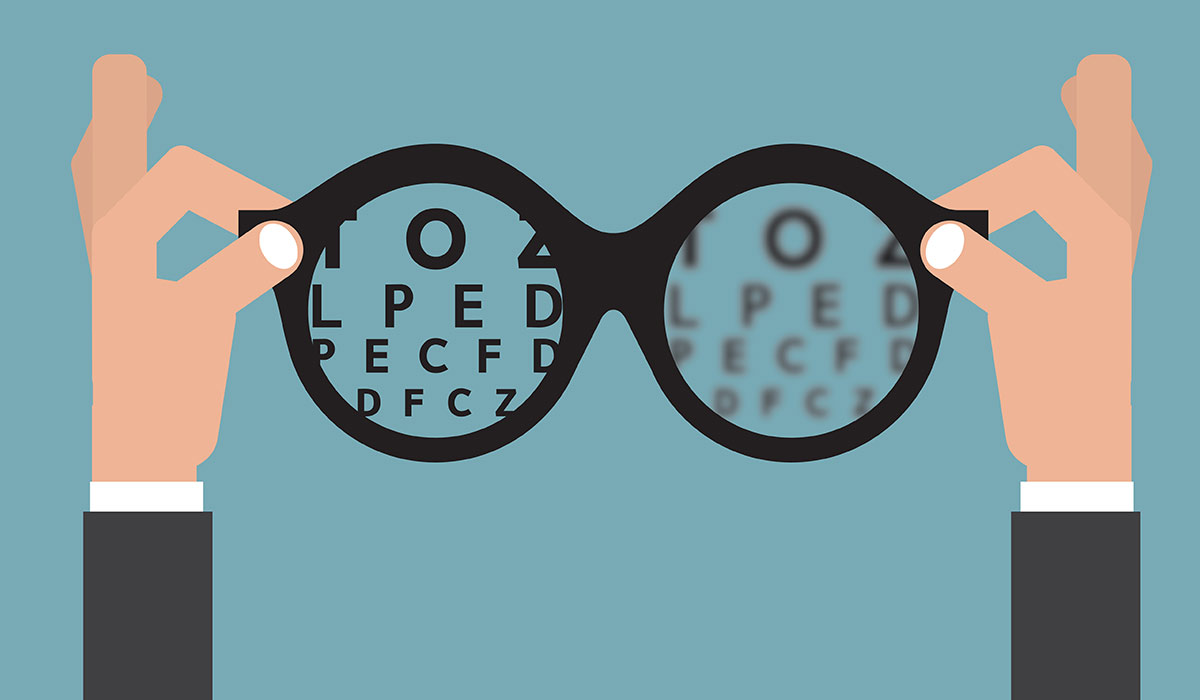
Myopia, also called nearsightedness, is an eye condition in which distant objects appear blurry. Here is everything you need to… read more »

A cataract occurs when the natural eye lens becomes cloudy. The condition is most often associated with older age. When… read more »